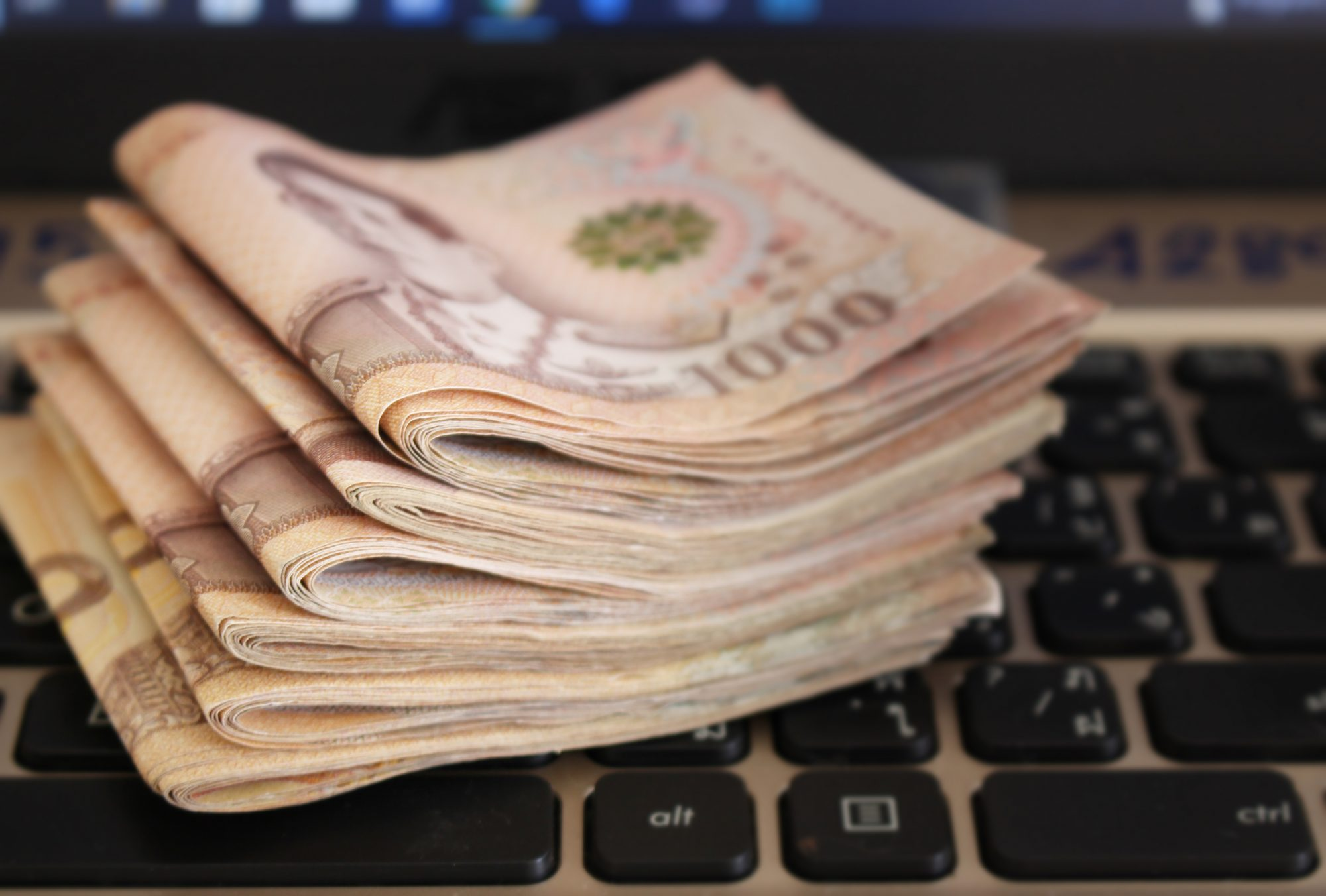The Thai Baht, the official currency of Thailand, has a rich and fascinating history. Introduced in 1857 during the reign of King Rama IV, the Baht has undergone several transformations to become the stable and widely accepted currency it is today.
Originally, the Baht was a unit of weight for measuring precious metals, particularly silver. It was derived from the traditional Chinese currency system, which was prevalent in Southeast Asia at the time. The word “Baht” itself means “a measure of weight” in the Thai language.
In the late 19th century, Thailand adopted a decimal currency system, and the Baht became the official currency. The first Baht coins were minted in silver and copper denominations. Over time, the design and composition of the coins changed to reflect the evolving political landscape of Thailand.
In 1897, the government established the Bank of Thailand (BOT), which took over the responsibility of issuing currency and maintaining monetary stability. The BOT introduced paper money in 1902, with denominations ranging from 1 Baht to 100 Baht. These early banknotes featured intricate designs and symbols representing Thai culture and heritage.
Throughout the 20th century, Thailand experienced economic and political changes that influenced the value and stability of the Baht. During World War II, the Japanese occupation led to hyperinflation, severely devaluing the currency. After the war, efforts were made to stabilize the economy and restore confidence in the Baht.
In the 1980s and 1990s, Thailand witnessed rapid economic growth and increased international trade. The Baht was pegged to a basket of currencies, primarily the U.S. dollar, to maintain stability. However, this fixed exchange rate system proved unsustainable, and in 1997, the Thai Baht was hit by a severe financial crisis. The Baht’s value plummeted, leading to a deep recession and significant economic hardships.
In response to the crisis, the Thai government implemented various economic reforms and sought assistance from the International Monetary Fund (IMF). These measures helped stabilize the Baht and restore investor confidence in Thailand’s economy.
Since then, the Thai Baht has experienced relative stability and has become a popular currency for international trade and tourism. It is widely accepted throughout Thailand, and its value is determined by market forces.
In recent years, the Baht has faced challenges due to global economic uncertainties and fluctuations in currency exchange rates. However, the Bank of Thailand continues to monitor and manage the currency to ensure its stability and promote economic growth.
Overall, the history of the Thai Baht reflects Thailand’s economic development, political changes, and its integration into the global financial system. From its origins as a unit of weight to its modern incarnation as a widely recognized currency, the Baht remains an important symbol of Thailand’s rich heritage and economic progress.
Shayne Heffernan









